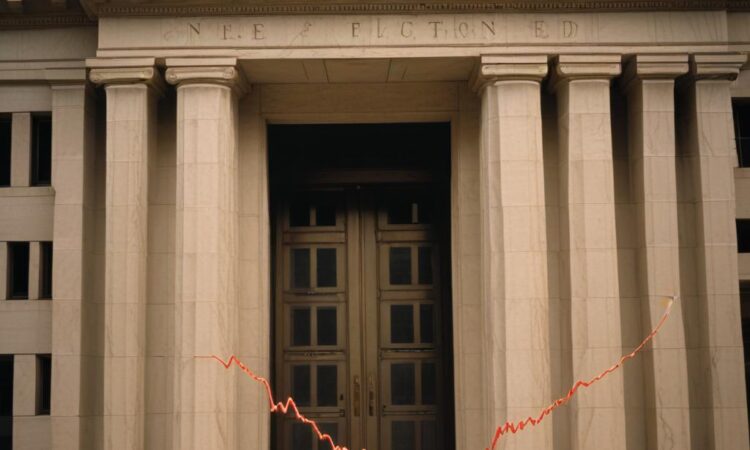US Federal Reserve Raises Interest Rates
The Federal Reserve increased interest rates by another 0.25% in its latest monetary policy meeting, signaling a continued commitment to fighting inflation. This decision was widely anticipated by market analysts and is expected to have ripple effects on global financial markets and economies.
Understanding the Impact of Interest Rate Hikes
The Federal Reserve’s decision to raise interest rates is a key tool in its efforts to control inflation. By increasing borrowing costs, the Fed aims to slow down economic activity and reduce demand, ultimately putting downward pressure on prices.
This move, however, is not without consequences. Higher interest rates can lead to:
- Increased borrowing costs for individuals and businesses: This can make it more expensive to purchase homes, cars, or invest in projects, potentially slowing down economic growth.
- Slower economic growth: As businesses and individuals spend less due to higher borrowing costs, the overall economy might experience a slowdown.
- Potential for recession: In extreme cases, rapid and significant interest rate hikes can lead to a recession, a period of significant economic decline.
- Volatility in financial markets: The anticipation and implementation of interest rate changes can create uncertainty in financial markets, leading to fluctuations in stock prices and other assets.
The Fed’s Rationale for the Rate Hike
The Federal Reserve cited persistent inflation as the primary reason for its decision to raise interest rates. While inflation has shown signs of moderation in recent months, it remains above the Fed’s target rate of 2%. The Fed is aiming to bring inflation down to this target level, ensuring a stable and healthy economy.
The Fed’s statement emphasized its commitment to \”using its tools to bring inflation down to 2%.\” This suggests that further interest rate hikes are likely in the future, depending on the trajectory of inflation and economic growth.
Global Implications of the Rate Hike
The Fed’s decision is not confined to the US economy. It is expected to have a significant impact on global financial markets and economies:
- Stronger US dollar: Higher interest rates in the US tend to attract foreign investment, increasing demand for the US dollar and strengthening its value. This can make it more expensive for companies and individuals in other countries to borrow dollars, potentially impacting their businesses and spending.
- Potential for currency depreciation in other countries: As the US dollar strengthens, currencies of other countries might depreciate in value, potentially leading to higher import costs and inflation.
- Increased borrowing costs globally: The Fed’s rate hikes can influence interest rates in other countries, making it more expensive to borrow money worldwide.
- Impact on emerging markets: Emerging market economies are often more sensitive to changes in US interest rates. Higher rates can make it more difficult for them to attract foreign investment and finance their growth.
Moving Forward: Uncertainty and Adaptation
The Fed’s decision to raise interest rates once again underscores the ongoing challenge of managing inflation. The path ahead remains uncertain, with economic data and global events constantly influencing the Fed’s monetary policy decisions.
Businesses, investors, and individuals need to adapt to this dynamic environment. Understanding the potential impacts of interest rate changes, staying informed about economic trends, and carefully managing financial risks are crucial for navigating the economic landscape ahead.
The Federal Reserve’s actions will continue to shape the global economy, and its decisions will be closely watched by market participants worldwide.

